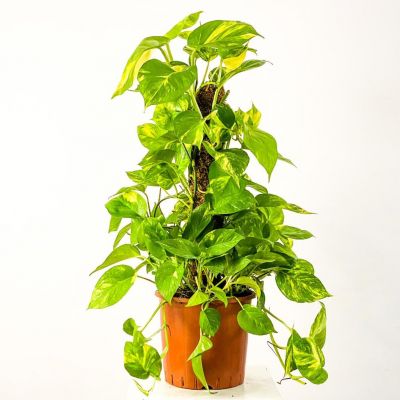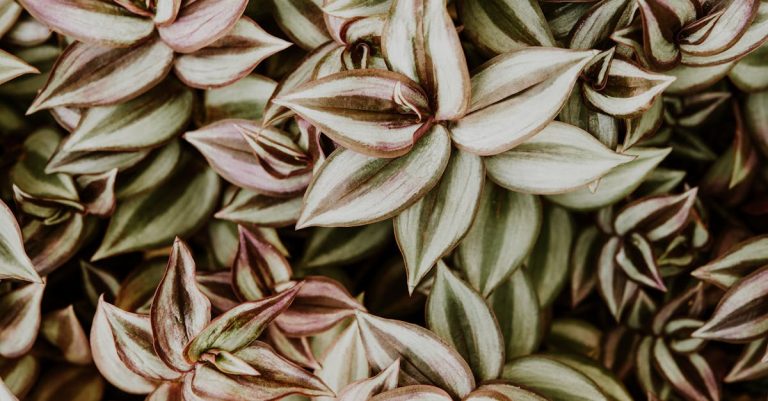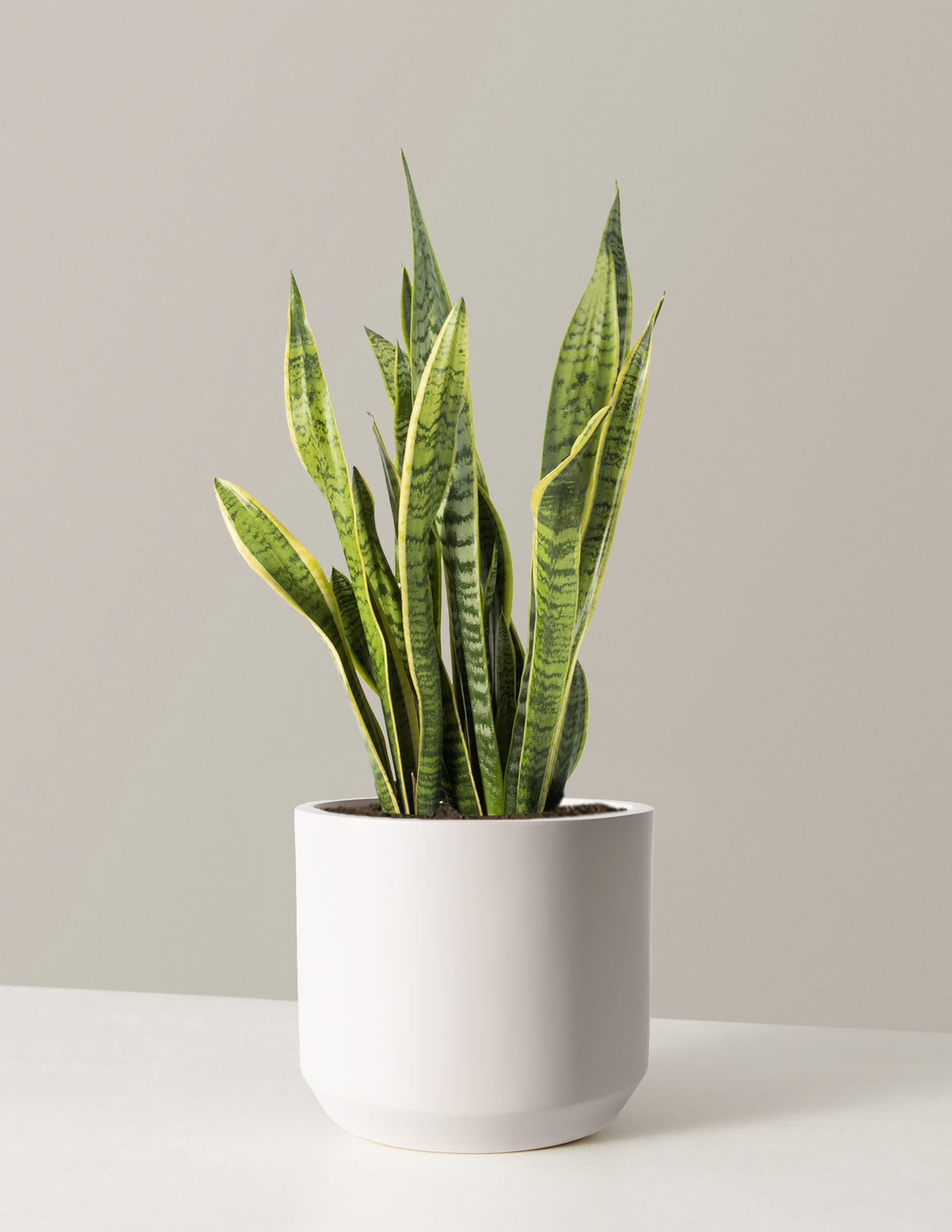How To Care For Pothos (Epipremnum aureum)
Pothos (Epipremnum aureum) is a popular houseplant known for its ability to thrive in various indoor conditions, making it an ideal choice for beginner gardeners or those with a busy lifestyle. This versatile plant is also commonly referred to as devil’s ivy or golden pothos due to its striking green and yellow variegated leaves.
With its origins in the Solomon Islands, Pothos has been cultivated for centuries and has gained popularity worldwide for its easy maintenance and air-purifying qualities. In fact, NASA studies have shown that Pothos is effective in removing toxins such as formaldehyde, xylene, and benzene from indoor air, making it a valuable addition to any home or office space.
One key aspect of caring for Pothos is ensuring that it receives proper lighting. While these plants can tolerate low light conditions, they thrive in medium to bright indirect sunlight, which helps promote healthy growth and vibrant leaf colors. To prevent sunburn, it is important to avoid exposing Pothos to direct sunlight for extended periods.
Another important factor in Pothos care is maintaining consistent watering habits. These plants prefer slightly moist soil but are susceptible to root rot if overwatered. To prevent this, allow the top few inches of soil to dry out between waterings. Additionally, Pothos benefit from occasional misting to increase humidity levels, especially during the drier winter months.
In terms of soil and feeding, Pothos do well in a well-draining potting mix and benefit from monthly fertilization during the growing season. Regular pruning can also help promote bushier growth and prevent leggy stems. By following these simple care tips, you can enjoy a thriving Pothos plant that not only adds beauty to your space but also contributes to a healthier indoor environment.

Looking to Care for Your Pothos (Epipremnum aureum)? Here’s How!
If you want to keep your Pothos plant thriving and healthy, it’s important to follow a few key care tips. From proper watering and light exposure to feeding and repotting, we’ll cover everything you need to know to ensure your Pothos looks its best. Keep reading to learn more about how to care for your Pothos plant.

**Light and Temperature Requirements**
Pothos plants thrive in bright, indirect light but can also tolerate low light conditions. Avoid direct sunlight as it can scorch the leaves. Keep the plant in a room with a temperature range of 65-85°F (18-29°C).
**Watering**
Water your Pothos plant when the top inch of soil feels dry to the touch. Make sure not to overwater as root rot can occur. During the growing season, water more frequently, and reduce watering in the winter months.
**Soil and Repotting**
Use well-draining potting soil for your Pothos plant. Repot the plant every 2-3 years or when you notice the roots becoming root-bound. Choose a pot that is slightly larger than the current one.
**Fertilizing**
Fertilize your Pothos plant every 4-6 weeks during the growing season with a balanced, water-soluble fertilizer. Avoid fertilizing during the winter months when the plant is not actively growing.
**Pruning and Propagation**
Prune your Pothos plant to encourage bushier growth and remove any yellowing or dead leaves. Pothos plants can be easily propagated through stem cuttings in water or soil.
**Pests and Diseases**
Pothos plants are relatively pest-resistant but can be susceptible to mealybugs, spider mites, and scale insects. Keep an eye out for any signs of pests and treat them promptly. Root rot can occur if the plant is overwatered.
**Statistical Fact:**
According to the National Gardening Survey, Pothos (Epipremnum aureum) is one of the most popular houseplants in the United States, with over 5 million plants sold annually.
What is the best location for my Pothos plant?
The best location for your Pothos plant is one that receives indirect sunlight. It can also thrive in low light conditions, making it a versatile indoor plant.
How often should I water my Pothos plant?
Water your Pothos plant when the top inch of soil feels dry to the touch. It’s important not to overwater, as this can lead to root rot.
Can I propagate my Pothos plant?
Yes, Pothos plants are easy to propagate. You can do so by taking cuttings from the plant and placing them in water until roots form.
Do Pothos plants need fertilizer?
Yes, Pothos plants benefit from regular fertilization during the growing season. Use a balanced houseplant fertilizer diluted to half strength.
How do I prevent my Pothos plant from becoming leggy?
To prevent your Pothos plant from becoming leggy, make sure it is receiving enough sunlight and regularly prune it to promote bushier growth.
Are Pothos plants toxic to pets?
Yes, Pothos plants are toxic to cats and dogs if ingested. It’s best to keep them out of reach of pets or opt for pet-safe plants instead.
What are common pests that can affect Pothos plants?
Common pests that can affect Pothos plants include spider mites, mealybugs, and aphids. Regularly inspect your plant for signs of infestation.
Can Pothos plants be grown in water?
Yes, Pothos plants can be grown in water. Simply place cuttings in a vase filled with water and change the water regularly to prevent stagnation.
How do I repot my Pothos plant?
To repot your Pothos plant, gently remove it from its current pot, loosen the roots, and place it in a slightly larger pot with fresh potting mix. Water thoroughly after repotting.
What are signs that my Pothos plant is not thriving?
Signs that your Pothos plant is not thriving include yellowing leaves, drooping stems, and stunted growth. Assess your plant’s care regimen and make adjustments as needed.
Conclusion
In conclusion, caring for Pothos (Epipremnum aureum) is relatively easy and rewarding. This versatile plant can thrive in various lighting conditions, making it a perfect choice for both beginners and experienced plant enthusiasts. By providing adequate light, water, and well-draining soil, you can ensure the health and vitality of your Pothos. Regular pruning and occasional fertilization will promote growth and prevent legginess, while proper repotting when necessary will help the plant continue to flourish. Additionally, keeping an eye out for pests and diseases, and promptly addressing any issues that arise, will help maintain the overall well-being of your Pothos plant. Overall, with the right care and attention, your Pothos plant will continue to be a beautiful and low-maintenance addition to your indoor space.






